Zone
Crash of a McDonnell Douglas MD-83 in Detroit
Date & Time:
Mar 8, 2017 at 1452 LT
Registration:
N786TW
Survivors:
Yes
Schedule:
Detroit - Washington DC
MSN:
53123/1987
YOM:
1992
Flight number:
7Z9363
Crew on board:
6
Crew fatalities:
Pax on board:
110
Pax fatalities:
Other fatalities:
Total fatalities:
0
Captain / Total hours on type:
8495.00
Copilot / Total hours on type:
2462
Aircraft flight hours:
41008
Aircraft flight cycles:
39472
Circumstances:
A McDonnell Douglas MD-83, registration N786TW, suffered a runway excursion following an aborted takeoff from runway 23L at Detroit-Willow Run Airport, Michigan, USA. The aircraft had been chartered by the University of Michigan Basketball team for a flight to a game in Washington, DC. The flight crew prepared for take-off and calculated V-speeds (V1, VR, V2) using "Normal Thrust Takeoff", a 10 kts headwind, and a take-off weight of 146,600 lbs. The V-speeds for this configuration were 139 kts, 142 kts, and 150 kts, respectively. However, the flight crew chose to increase VR to 150 kts to allow for more control during take-off in the presence of windshear. During takeoff roll, at 14:51:56 (about 3,000 ft down the runway) and about 138 kts of airspeed, the control column was pulled back slightly from a non-dimensional value of -7 to -5.52. The airplane’s left elevator followed the control input and moved from a position of -15° trailing edge down to -13° trailing edge down. The right elevator did not change and stayed at approximately -16° trailing edge down. At 14:52:01 a large control column input was made (151 kts and 4100 ft down the runway) to a non-dimensional 18.5 and the left elevator moves to a position near 15° trailing edge up. After 14:52:05 the right elevator moves to -13° trailing edge down, but no more. The airplane does not respond in pitch and does not rotate. The captain decided to abort the takeoff. The maximum ground speed was 163 kts (173 kts airspeed) and the airplane began to decelerate as soon as the brakes were applied at 14:52:08. Spoilers were deployed at 14:52:10 and thrust reversers were deployed between 14:52:13 and 14:52:15. The aircraft could not be stopped on the runway. The airplane’s ground speed was 100 kts when it left the paved surface. The aircraft overran the end of the runway, damaged approach lights, went through the perimeter fence and crossed Tyler Road. It came to rest on grassy terrain, 345 meters past the end of the runway, with the rear fuselage across a ditch. The nose landing gear had collapsed. Runway 23L is a 7543 ft long runway.
Probable cause:
The NTSB determines that the probable cause of this accident was the jammed condition of the airplane’s right elevator, which resulted from exposure to localized, dynamic wind while the airplane was parked and rendered the airplane unable to rotate during takeoff. Contributing to the accident were (1) the effect of a large structure on the gusting surface wind at the airplane’s parked location, which led to turbulent gust loads on the right elevator sufficient to jam it, even though the horizontal surface wind speed was below the certification design limit and maintenance inspection criteria for the airplane, and (2) the lack of a means to enable the flight crew to detect a jammed elevator during preflight checks for the Boeing MD-83 airplane. Contributing to the survivability of the accident was the captain’s timely and appropriate decision to reject the takeoff, the check airman’s disciplined adherence to standard operating procedures after the captain called for the rejected takeoff, and the dimensionally compliant runway safety area where the overrun occurred.
Final Report:
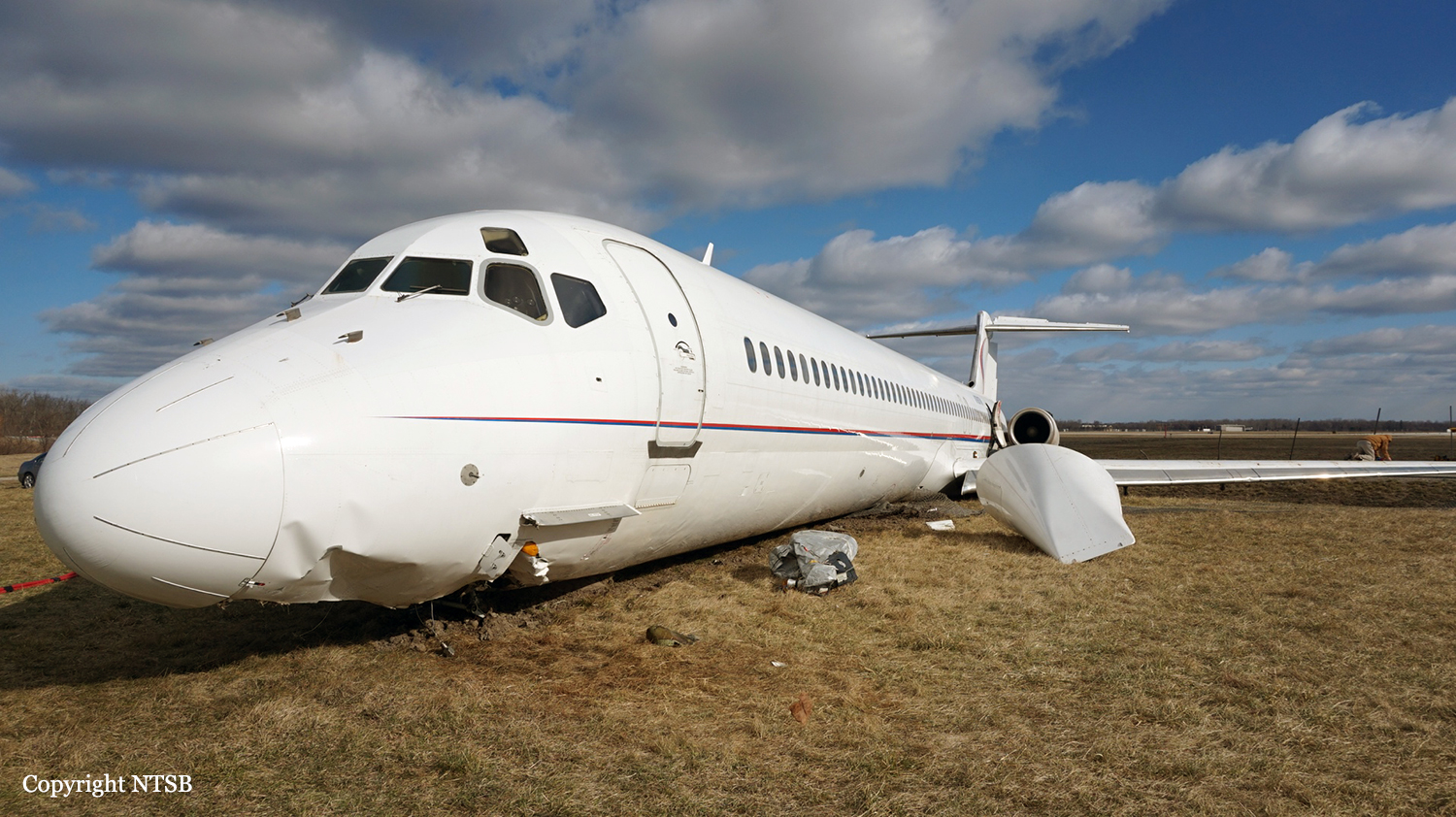

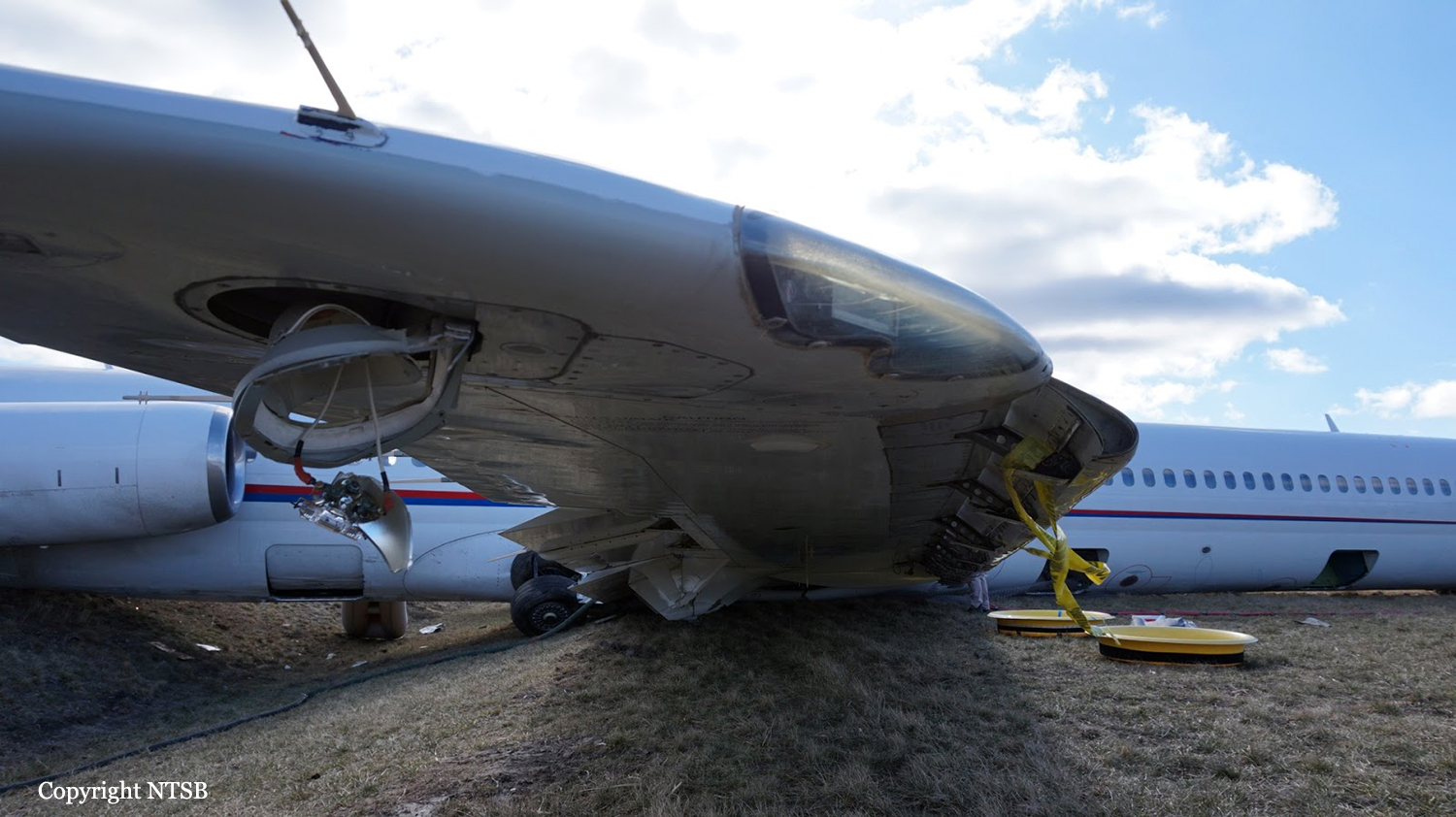
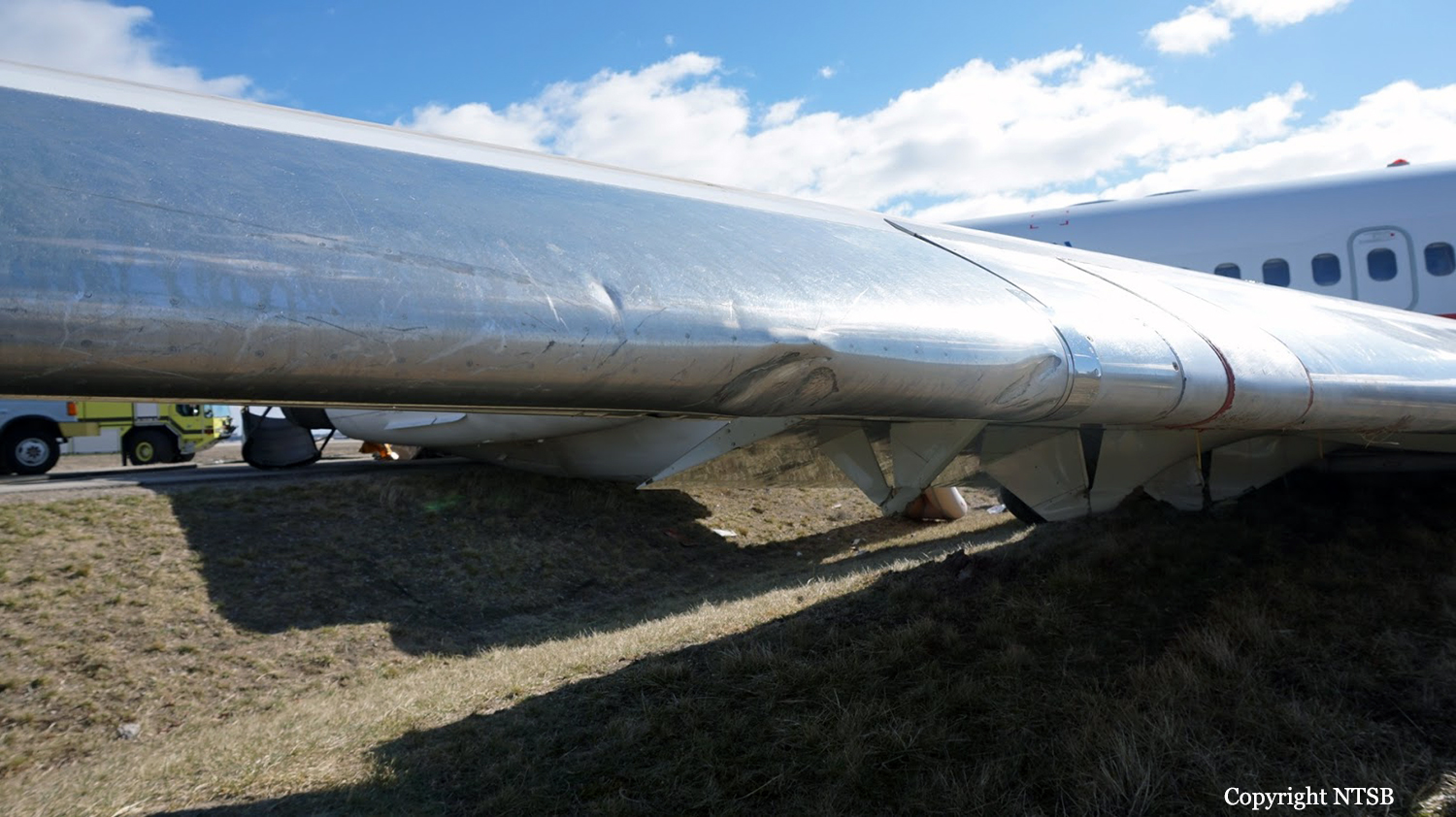
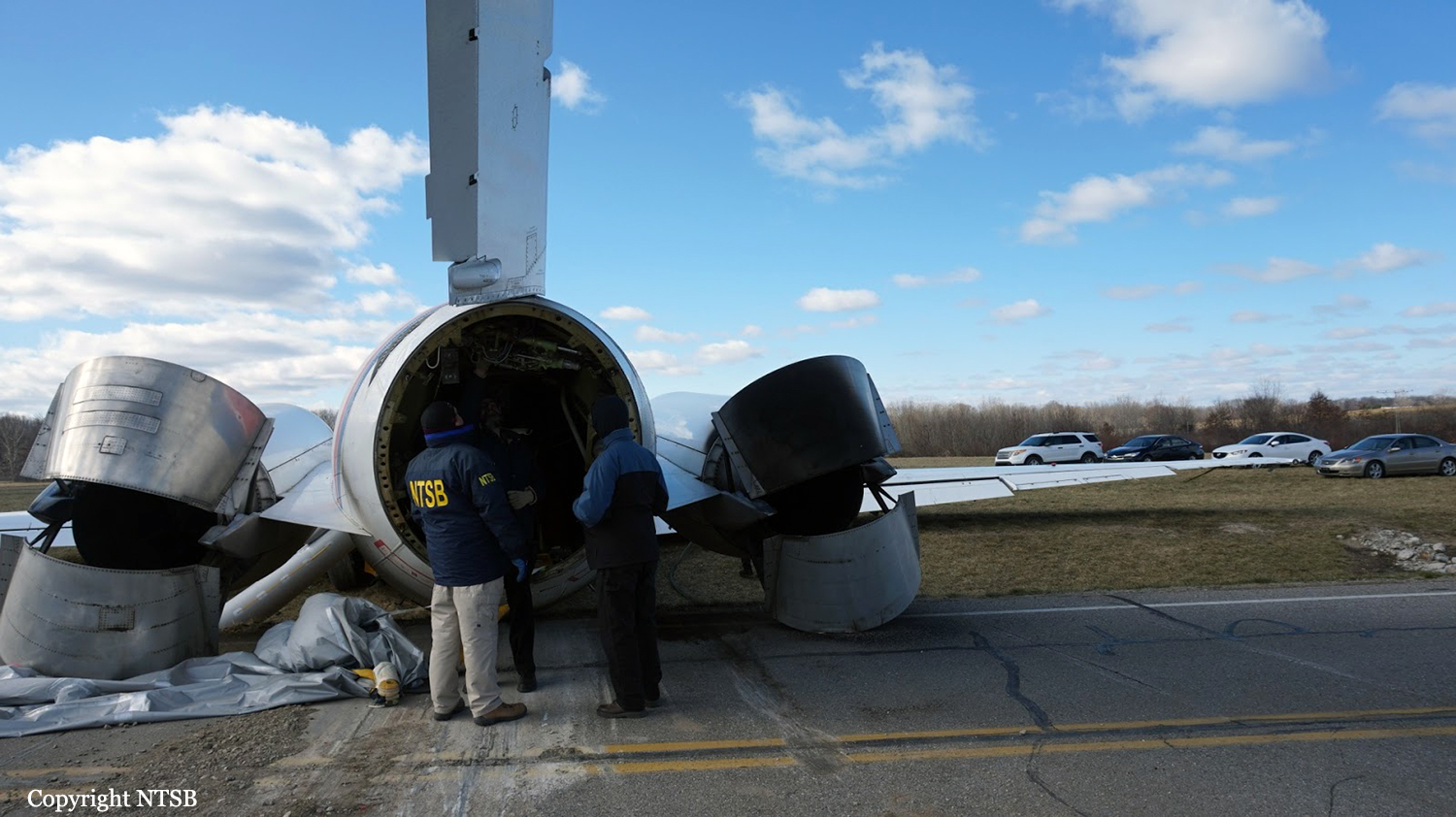
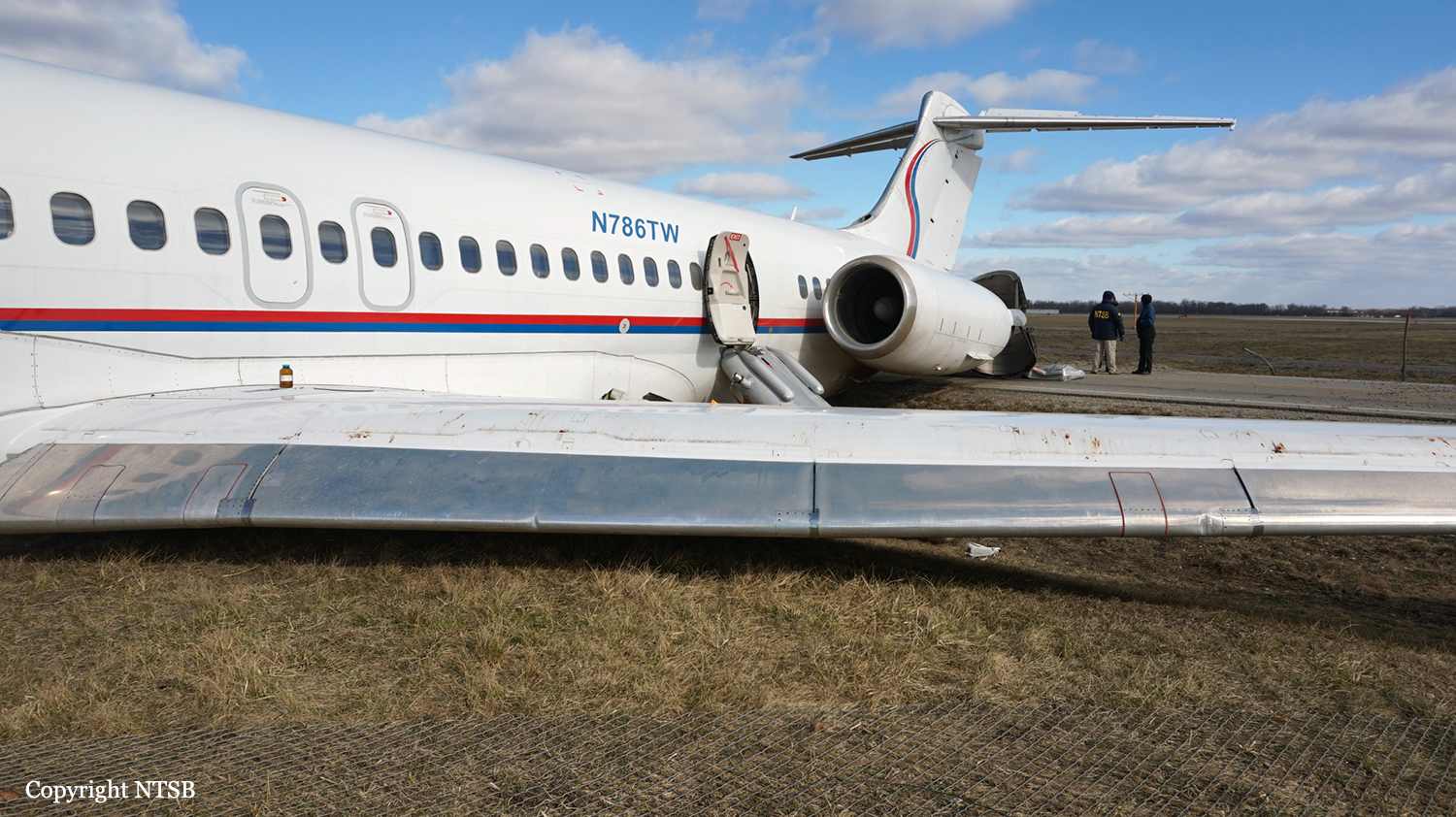

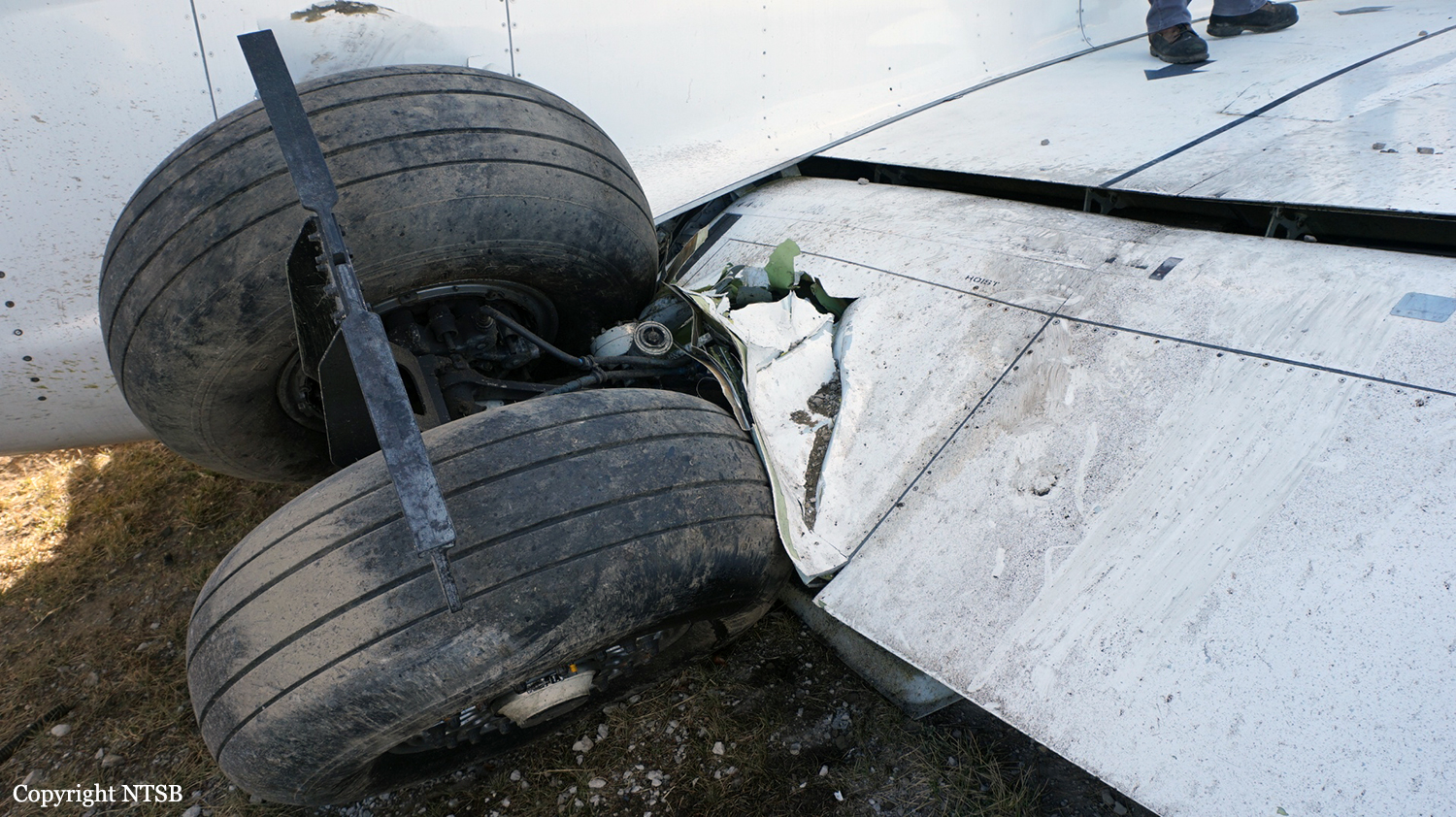
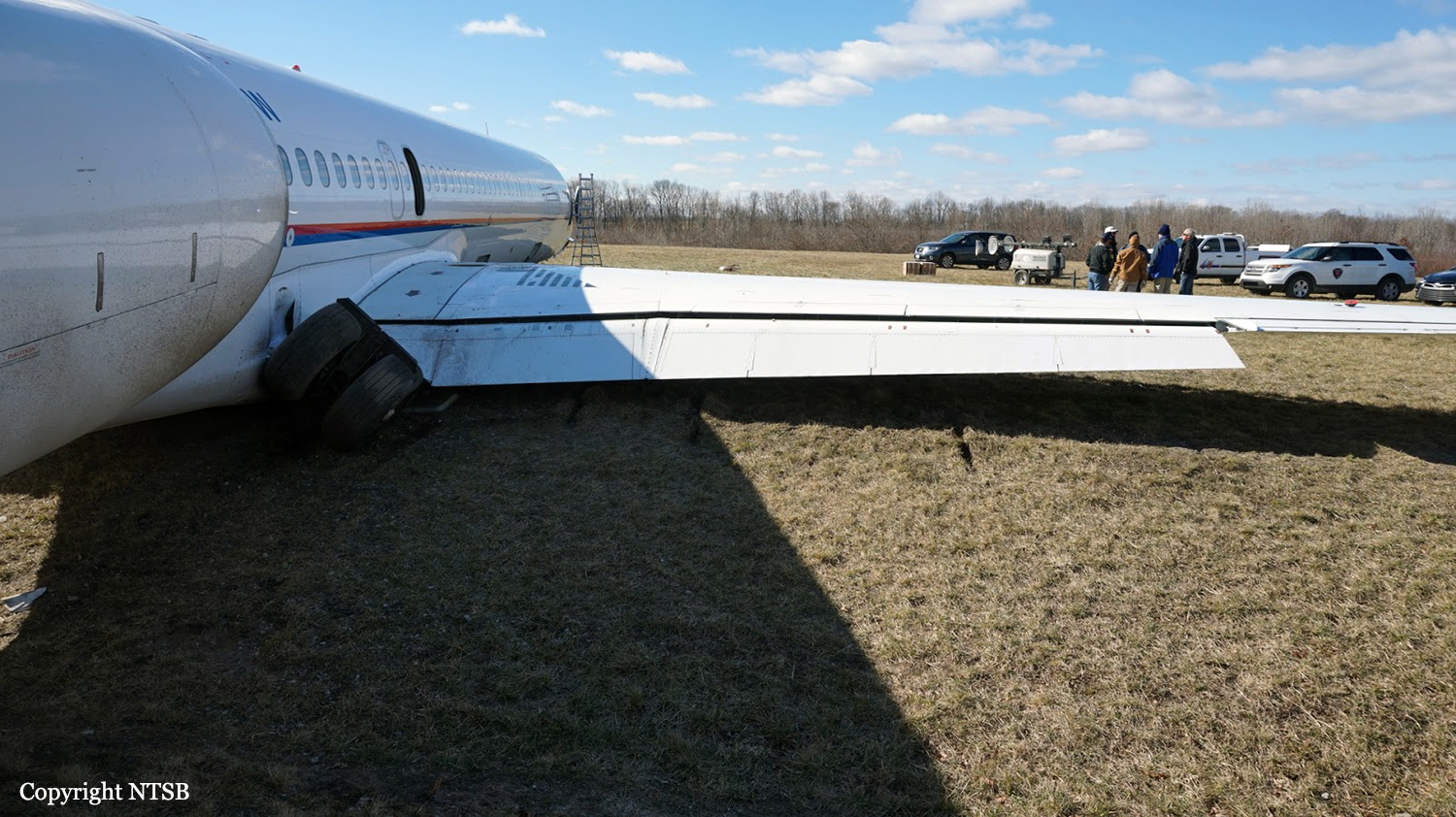
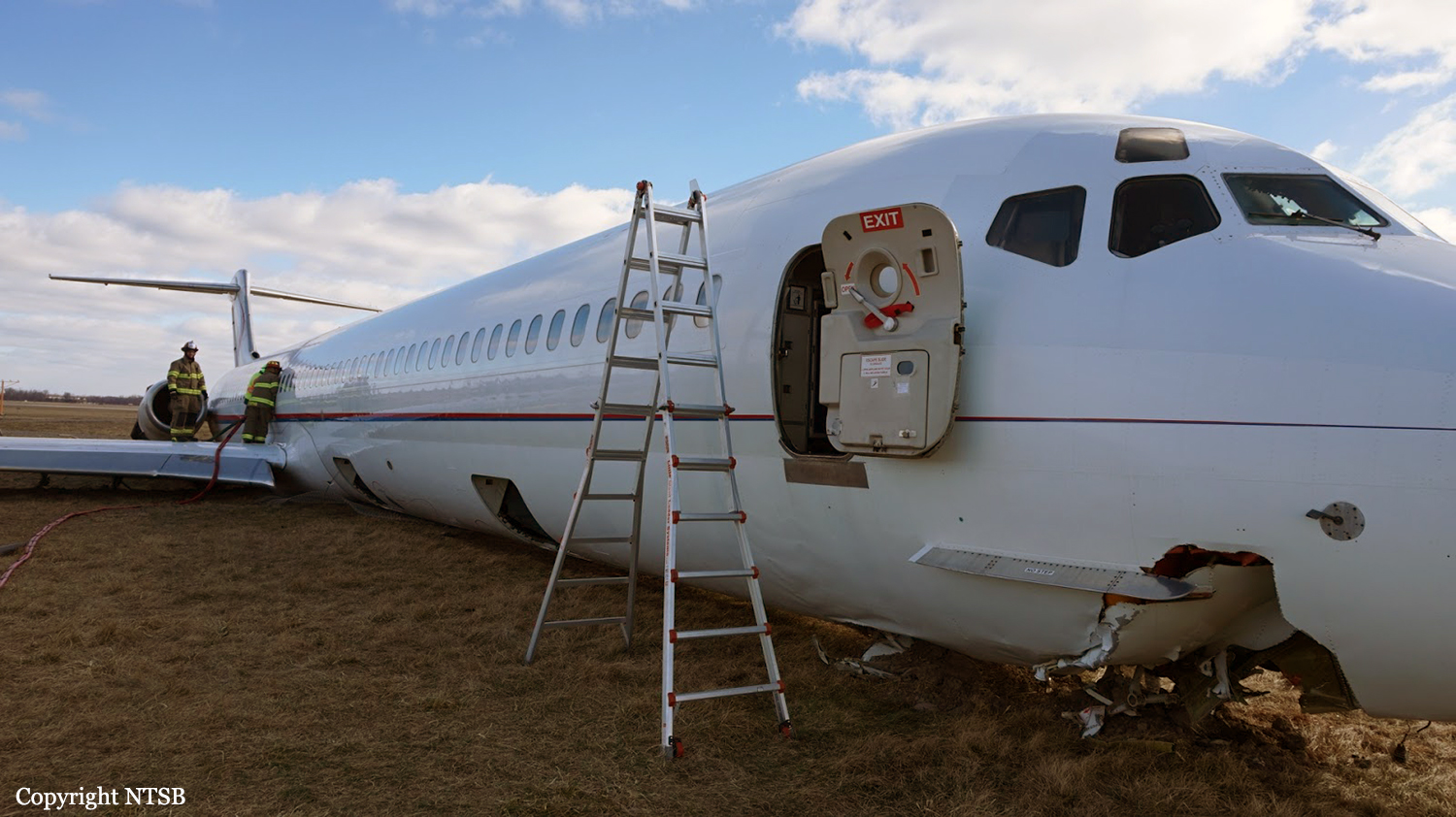
Crash of a Saab 340A in Washington DC
Date & Time:
Jun 8, 2005 at 2137 LT
Registration:
N40SZ
Survivors:
Yes
Schedule:
White Plains – Washington DC
MSN:
40
YOM:
1985
Flight number:
UA7564
Crew on board:
3
Crew fatalities:
Pax on board:
27
Pax fatalities:
Other fatalities:
Total fatalities:
0
Captain / Total hours on type:
3476.00
Copilot / Total hours on type:
620
Aircraft flight hours:
41441
Circumstances:
During the approach, the flightcrew was unable to get the right main landing gear extended and locked. After several attempts, while conferring with the checklist and company personnel, the flightcrew performed an emergency landing with the unsafe landing gear indication. During the landing, the right main landing gear slowly collapsed, and the airplane came to rest off the right side of the runway. Examination of the right main landing gear revealed that the retract actuator fitting was secured with two fasteners, a smaller bolt, and a larger bolt. The nut and cotter key were not recovered with the smaller bolt, and 8 of the 12 threads on the smaller bolt were stripped consistent with an overstress pulling of the nut away from the bolt. The larger bolt was bent and separated near the head, consistent with a tension and overstress separation as a result of the smaller bolt failure. The overstress failures were consistent with the right main landing gear not being locked in the extended position when aircraft weight was applied; however, examination of the right main landing gear down lock system could not determine any pre-impact mechanical malfunctions. Further, the right main landing gear retract actuator was tomography scanned, and no anomalies were noted. The unit was then functionally tested at the manufacturer's facility, under the supervision of an FAA inspector. The unit tested successfully, with no anomalies noted.
Probable cause:
Failure of the right main landing gear to extend and lock for undetermined reasons, which resulted in the right main landing gear collapsing during touchdown.
Final Report:
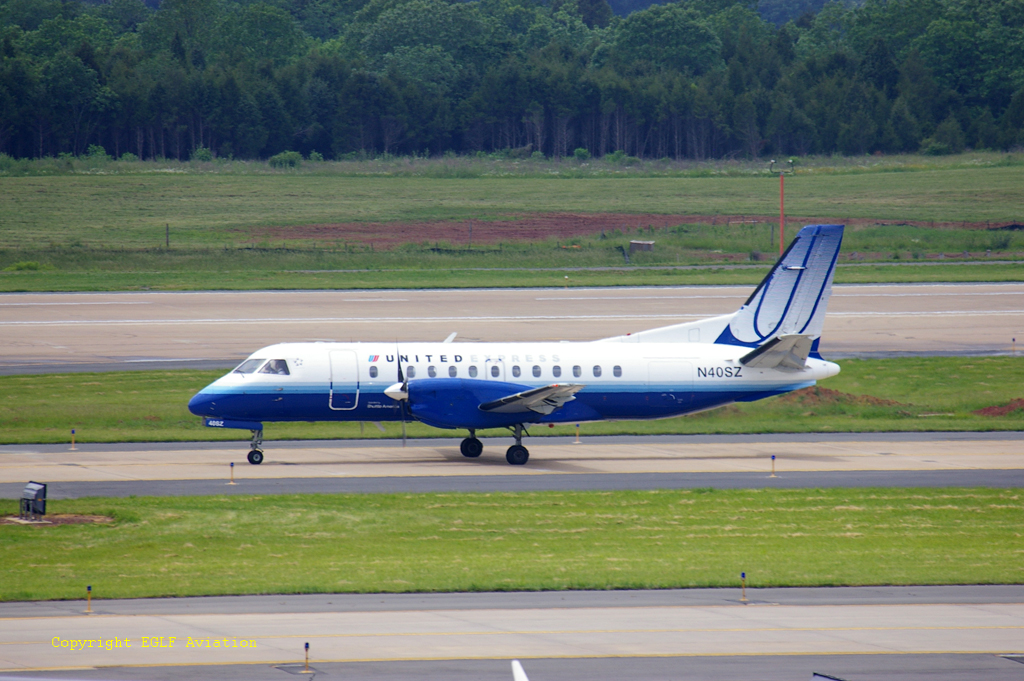
Crash of an IAI-1124 Westwind in Panama City: 7 killed
Date & Time:
Jul 2, 2004 at 1338 LT
Registration:
N280AT
Survivors:
No
Schedule:
Quito – Panama City – Washington DC – Milan
MSN:
247
YOM:
1979
Crew on board:
2
Crew fatalities:
Pax on board:
4
Pax fatalities:
Other fatalities:
Total fatalities:
7
Circumstances:
On July 2, 2004, at 1338 eastern standard time, a U.S. registered Westwind model 1124 corporate jet, N280AT, operated by Air Trek, Inc., as a Part 135 commercial air ambulance flight, impacted terrain and crashed into a building after departing from the Tocumen International Airport (MPTY), Tocumen, Panama. The airplane was destroyed by impact forces and post-crash fire. All six occupants on the airplane were fatally injured. A seventh person was also fatally injured on the ground. Visual meteorological conditions prevailed, and an instrument flight rules (IFR) flight plan was filed. The flight originated from Quito, Ecuador, and stopped in Tocumen for fuel. The flight was destined for Milan, Italy, via another fuel and crew-change stop at the Dulles International Airport, near Washington, DC. According to the operator, the airplane was flown with the two pilots and two flight nurses from Punta Gorda, Florida, to Guayaquil, Ecuador, on July 1, 2004. The airplane was refueled with 450 gallons of Jet A upon arrival, and remained overnight. On July 2, 2004, the airplane was fueled with an additional 150 gallons of Jet A, and subsequently departed for Quito, Ecuador. Upon arriving in Quito, two passengers were boarded, and the flight departed for Panama, where it would be refueled. The airplane was not fueled during the stop in Quito. According to the Panama Autoridad Aeronautica Civil, the flight landed in Panama uneventfully, and proceeded to the north ramp at the main terminal. The flightcrew requested from ground service personnel that the airplane be refueled with 600 gallons of Jet A. The flightcrew specifically requested that 500 gallons of fuel be added utilizing the pressure point fueling station, and 100 gallons be added to the auxiliary tank, utilizing a gravity filler port. After refueling, the airplane was started and taxied to runway 03L. An air traffic controller observed the airplane as it began to takeoff. He recalled that, "It pitched up vertically, the nose then lowered, and the wings rocked side to side. The airplane then veered to the right and descended out of view." A witness, who was located north of the accident site, observed the airplane veering to the right, before descending from his view. The airplane impacted the ground on taxiway Hotel, north of taxiway Bravo, and a fire ensued. The right wing and right engine separated from the fuselage and fragmented into multiple pieces. The vertical stabilizer impacted the ground, and separated from the fuselage. The main fuselage, left wing, and left engine continued across a grass field, where it struck an airport worker, and impacted a concrete wall. The airplane continued through the wall, and came to rest inverted inside a building. Airport crash fire and rescue responded to the accident, and contained the post crash fire within 3 minutes. The wreckage path was oriented on a heading of about 80 degrees. Ground scars on the taxiway were consistent with the right wing tip tank impacting the taxiway surface with the airplane in a nose high attitude, banked 90 degrees to the horizon. The scars continued forward, with the airplane rolling onto its back, collapsing the vertical stabilizer. About 35 feet beyond the vertical stabilizer impact point, scars were observed from the left tip tank. Debris from the cockpit and forward cabin area was observed in the grass area along the wreckage path. Airport personnel tested the fuel truck used to refuel the airplane for contamination after the accident. No abnormalities were noted. The cockpit voice recorder (CVR) was forwarded to the National Transportation Safety Board, Washington, D.C. for further review. The left and right engines, the horizontal stabilizer trim actuator, and the airplane's annunciator warning panel, were also retained for further examination.
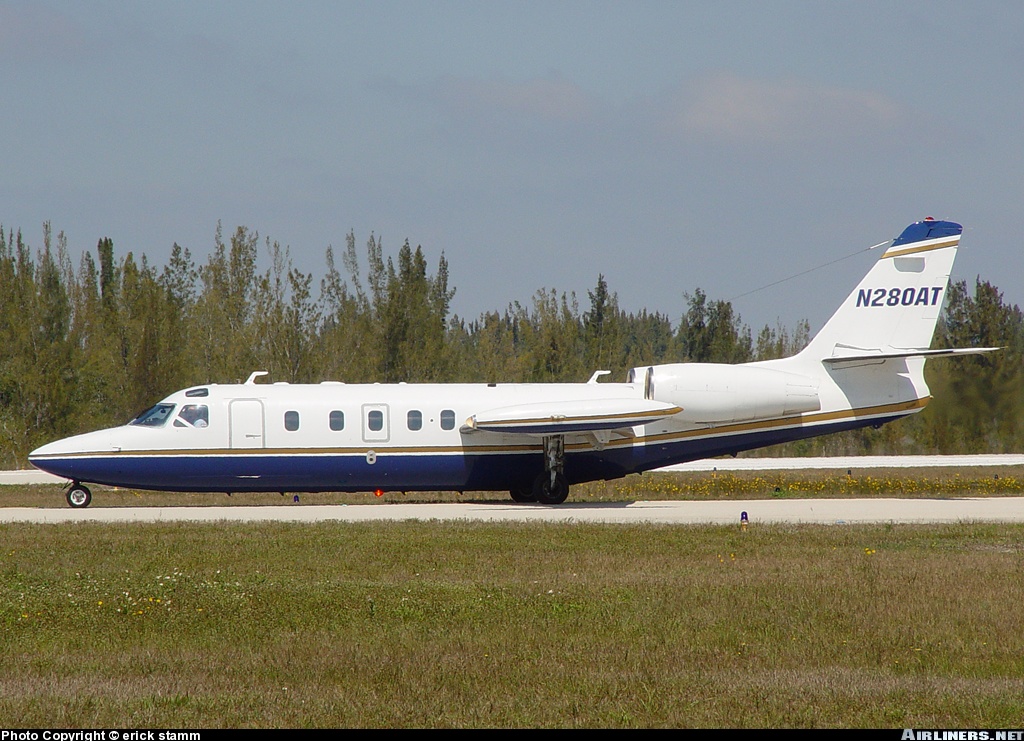
Crash of a Boeing 757-223 in Washington DC: 64 killed
Date & Time:
Sep 11, 2001 at 0945 LT
Registration:
N644AA
Survivors:
No
Schedule:
Washington - Los Angeles
MSN:
24602
YOM:
1991
Flight number:
AA077
Crew on board:
6
Crew fatalities:
Pax on board:
58
Pax fatalities:
Other fatalities:
Total fatalities:
64
Aircraft flight hours:
33432
Aircraft flight cycles:
11789
Circumstances:
The Boeing 757 departed Washington-Dulles Airport at 0810LT on a regular schedule service to Los Angeles, carrying 58 passengers and a crew of six. Few minutes later, the aircraft was hijacked by terrorists who modified the flight path and flew direct over Washington DC. At 0945LT, the aircraft crashed on the southwest side of the Pentagon building. The aircraft disintegrated on impact and all 64 occupants were killed. The terrorist attacks of September 11, 2001 are under the jurisdiction of the Federal Bureau of Investigation. The Safety Board provided requested technical assistance to the FBI, and this material generated by the NTSB is under the control of the FBI. The Safety Board does not plan to issue a report or open a public docket.
Probable cause:
The Safety Board did not determine the probable cause and does not plan to issue a report or open a public docket. The terrorist attacks of September 11, 2001 are under the jurisdiction of the Federal Bureau of Investigation. The Safety Board provided requested technical assistance to the FBI, and any material generated by the NTSB is under the control of the FBI.
Final Report:
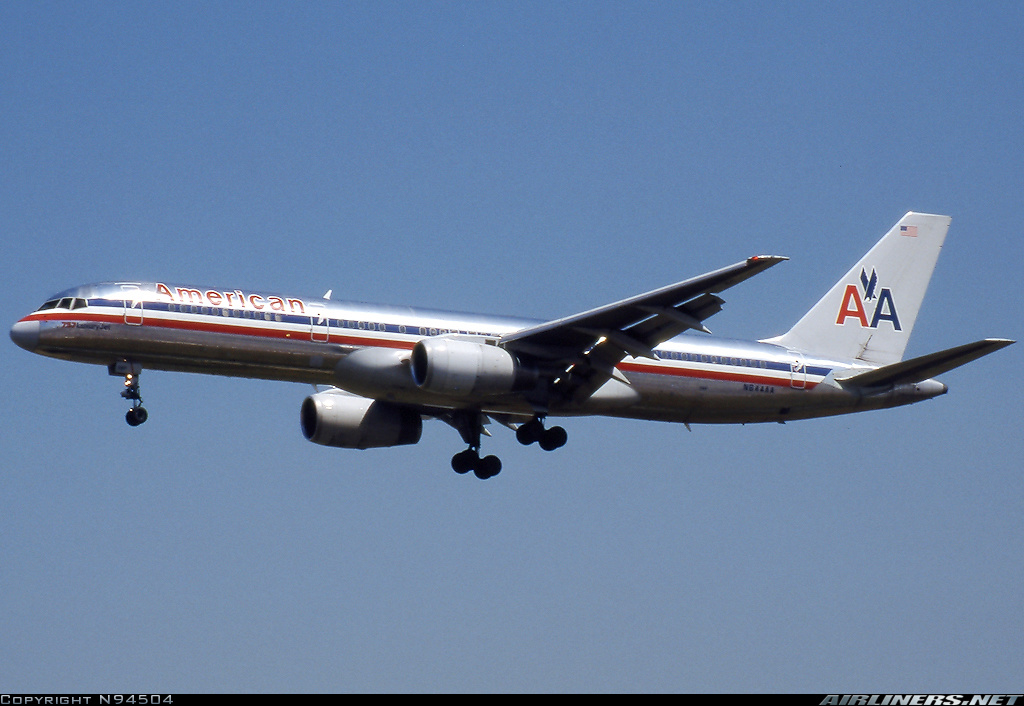
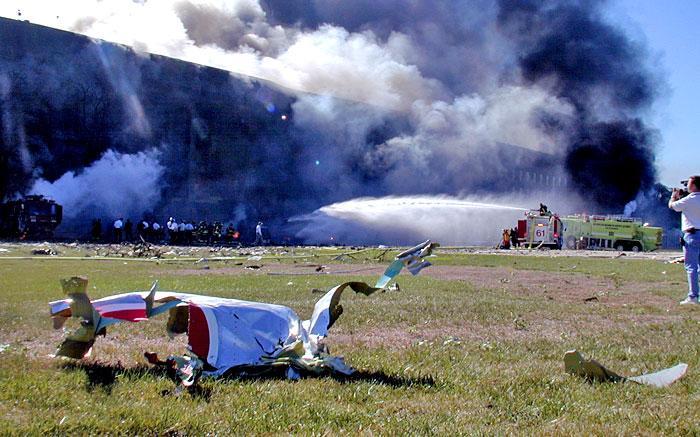
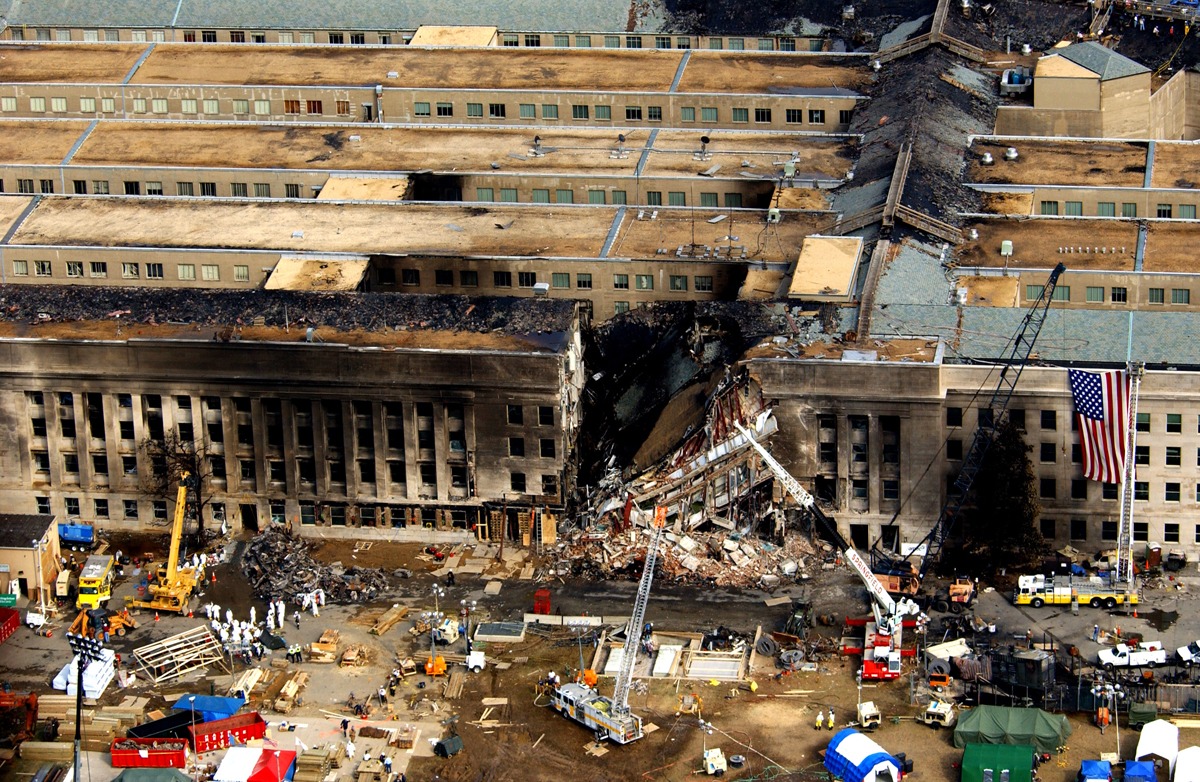
Crash of a BAe 4101 Jetstream 41 in Charlottesville
Date & Time:
Dec 29, 2000 at 2234 LT
Registration:
N323UE
Survivors:
Yes
Schedule:
Washington DC – Charlottesville
MSN:
41059
YOM:
1995
Flight number:
UA331
Crew on board:
3
Crew fatalities:
Pax on board:
15
Pax fatalities:
Other fatalities:
Total fatalities:
0
Captain / Total hours on type:
1425.00
Copilot / Total hours on type:
68
Aircraft flight hours:
14456
Circumstances:
The twin-engine turboprop airplane touched down about 1,900 feet beyond the approach end of the 6,000-foot runway. During the rollout, the pilot reduced power by pulling the power levers aft, to the flight idle stop. He then depressed the latch levers, and pulled the power levers further aft, beyond the flight idle stop, through the beta range, into the reverse range. During the power reduction, the pilot noticed, and responded to a red beta light indication. Guidance from both the manufacturer and the operator prohibited the use of reverse thrust on the ground with a red beta light illuminated. The pilot pushed the power levers forward of the reverse range, and inadvertently continued through the beta range, where aerodynamic braking was optimum. The power levers continued beyond the flight idle gate into flight idle, a positive thrust setting. The airplane continued to the departure end of the runway in a skid, and departed the runway and taxiway in a skidding turn. The airplane dropped over a 60-foot embankment, and came to rest at the bottom. The computed landing distance for the airplane over a 50-foot obstacle was 3,900 feet, with braking and ground idle (beta) only; no reverse thrust applied. Ground-taxi testing after the accident revealed that the airplane could reach ground speeds upwards of 85 knots with the power levers at idle, and the condition levers in the flight position. Simulator testing, based on FDR data, consistently resulted in runway overruns. Examination of the airplane and component testing revealed no mechanical anomalies. Review of the beta light indicating system revealed that illumination of the red beta light on the ground was not an emergency situation, but only indicated a switch malfunction. In addition, a loss of the reverse capability would have had little effect on computed stopping distance, and none at all in the United States, where performance credit for reverse thrust was not permitted.
Probable cause:
The captain's improper application of power after responding to a beta warning light during landing rollout, which resulted in an excessive rollout speed and an inability to stop the airplane before it reached the end of the runway.
Final Report:
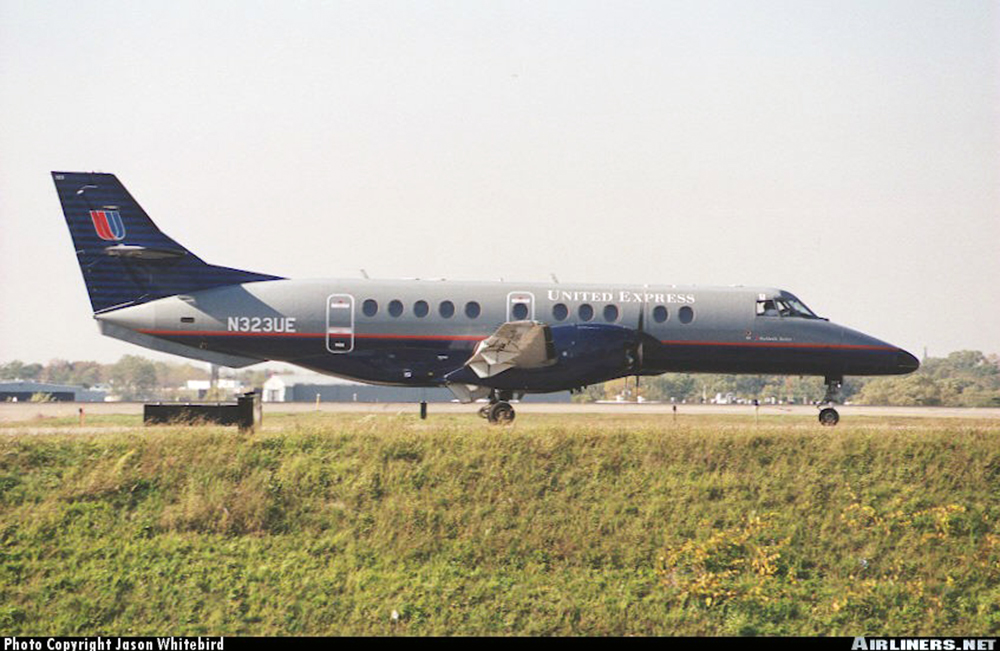
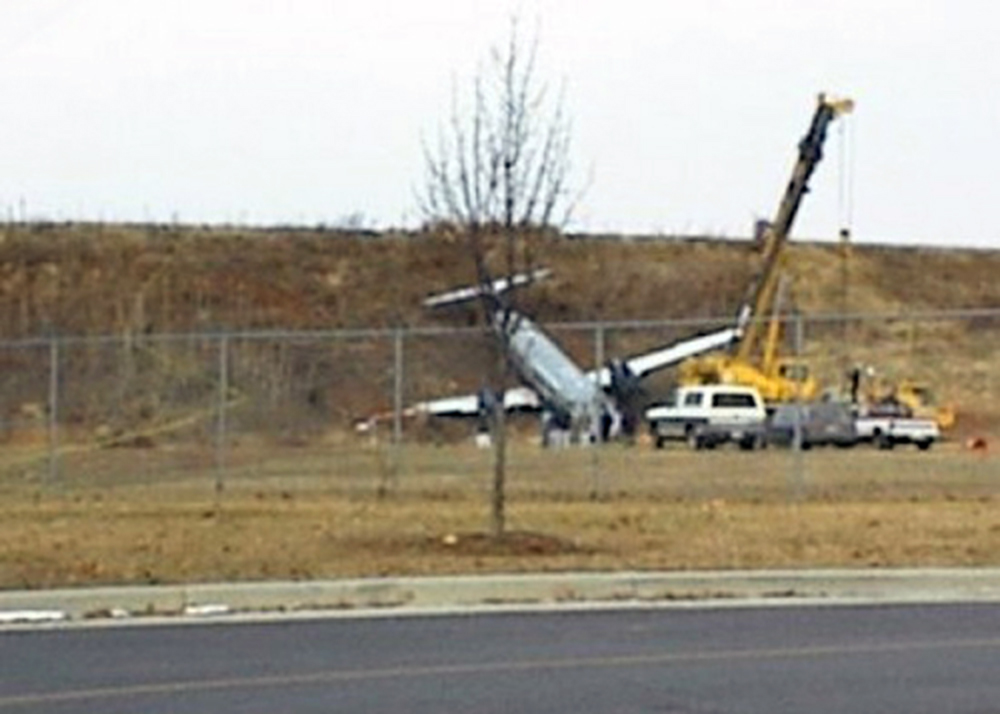
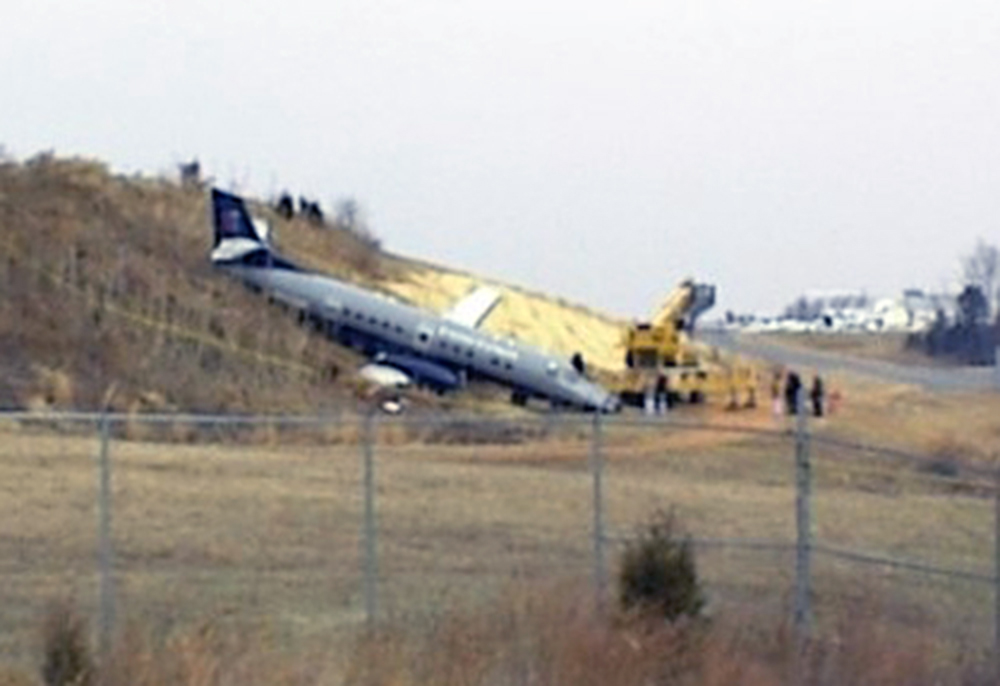
Crash of a Learjet 25D in Washington DC: 12 killed
Date & Time:
Jun 18, 1994 at 0625 LT
Registration:
XA-BBA
Survivors:
No
Schedule:
Mexico City – New Orleans – Washington DC
MSN:
25-223
YOM:
1977
Crew on board:
2
Crew fatalities:
Pax on board:
10
Pax fatalities:
Other fatalities:
Total fatalities:
12
Captain / Total hours on type:
1314.00
Copilot / Total hours on type:
426
Aircraft flight hours:
6118
Aircraft flight cycles:
5663
Circumstances:
The airplane crashed 0.8 nm south of the threshold of the runway during an ILS approach in instrument meteorological conditions. The captain was not authorized to attempt the approach and was relatively inexperienced for an approach under the weather conditions. The captain failed to adhere to acceptable standards of airmanship during two unstabilized approaches. After the unsuccessful ils approach to runway 01R, the captain should have held for improvements in the weather, requested the runway 19L ILS, or proceeded to his alternate. An operating gpws aboard the airplane would have provided continuous warning to the crew for the last 64 seconds of flight and might have prevented the accident. All 10 passengers were Mexican citizens flying to Washington DC to assist a game of the World Football Championship.
Probable cause:
Poor decision making, poor airmanship, and relative inexperience of the captain in initiating and continuing an unstabilized instrument approach that led to a descent below the authorized altitude without visual contact with the runway environment. Contributing to the cause of the accident was the lack of a GPWS on the airplane.
Final Report:
Crash of a Bae 4101 Jetstream 41 in Columbus: 5 killed
Date & Time:
Jan 7, 1994 at 2321 LT
Registration:
N304UE
Survivors:
Yes
Schedule:
Washington DC - Columbus
MSN:
41016
YOM:
1993
Flight number:
UA6291
Crew on board:
3
Crew fatalities:
Pax on board:
5
Pax fatalities:
Other fatalities:
Total fatalities:
5
Captain / Total hours on type:
192.00
Copilot / Total hours on type:
31
Aircraft flight hours:
1069
Aircraft flight cycles:
1000
Circumstances:
The airplane stalled and crashed 1.2 nautical miles east of runway 28L during an ILS approach. The captain initiated the approach at high speed & crossed the FAF at a high speed without first having the airplane properly configured for a stabilized approach. The airspeed was not monitored nor maintained by the flightcrew. The airline had no specified callouts for airspeed deviations during instrument approaches. The captain failed to apply full power & configure the airplane in a timely manner. Both pilots had low flight time and experience in in the airplane and in any EFIS-equipped airplane. Additionally, the captain had low time and experience as a captain. Inadequate consideration was given to the possible consequences of pairing a newly upgraded captain, on a new airplane, with a first officer who had no airline experience in air carrier operations, nor do current FAA regulations address this issue.
Probable cause:
The accident was the consequence of the following factors:
(1) An aerodynamic stall that occurred when the flightcrew allowed the airspeed to decay to stall speed following a very poorly planned and executed approach characterized by an absence
of procedural discipline;
(2) Improper pilot response to the stall warning, including failure to advance the power levers to maximum, and inappropriately raising the flaps;
(3) Flightcrew inexperience in 'glass cockpit' automatic aircraft, aircraft type, and in seat position, a situation exacerbated by a side letter of agreement between the company and its pilots;
(4) The company's failure to provide adequate crew resource management training, and the FAA's failure to require such training;
(5) The company's failure to provide adequate stabilized approach criteria, and the FAA's failure to require such criteria; and
(6) The unavailability of suitable training simulators that precluded fully effective flightcrew training.
Note: Items 1, 2, and 3 were approved by a Board vote of 4-0. Item 5 was adopted 3-1, with the dissenting Member believing the item was a contributory cause. The Board was divided 2-2 on items 4 and 6, two Members believing them causal and two Members, contributory.
(1) An aerodynamic stall that occurred when the flightcrew allowed the airspeed to decay to stall speed following a very poorly planned and executed approach characterized by an absence
of procedural discipline;
(2) Improper pilot response to the stall warning, including failure to advance the power levers to maximum, and inappropriately raising the flaps;
(3) Flightcrew inexperience in 'glass cockpit' automatic aircraft, aircraft type, and in seat position, a situation exacerbated by a side letter of agreement between the company and its pilots;
(4) The company's failure to provide adequate crew resource management training, and the FAA's failure to require such training;
(5) The company's failure to provide adequate stabilized approach criteria, and the FAA's failure to require such criteria; and
(6) The unavailability of suitable training simulators that precluded fully effective flightcrew training.
Note: Items 1, 2, and 3 were approved by a Board vote of 4-0. Item 5 was adopted 3-1, with the dissenting Member believing the item was a contributory cause. The Board was divided 2-2 on items 4 and 6, two Members believing them causal and two Members, contributory.
Final Report:
Crash of a Piper PA-60-700P Aerostar (Ted Smith 600) off Cocoa Beach: 1 killed
Date & Time:
Jul 25, 1988 at 1729 LT
Registration:
N69RB
Survivors:
No
Schedule:
Stuart – Washington DC
MSN:
60-8423-019
YOM:
1984
Crew on board:
1
Crew fatalities:
Pax on board:
0
Pax fatalities:
Other fatalities:
Total fatalities:
1
Captain / Total hours on type:
200.00
Aircraft flight hours:
506
Circumstances:
Flight entered near vertical descent while flying in area of level 1 and 2 thunderstorms just after pilot had called requesting permission to deviate around rain showers. A level 5 thunderstorm was present 8 miles west. The aircraft descended at rates up to 13,800 feet per minute. Witnesses saw aircraft exit bottom of clouds at approximately 4,000 feet in a near flat attitude and rotating around the yaw axis to the left. Engine sounds increased and decreased as the aircraft rotated and all components appeared to be present on the aircraft. No smoke or flame was visible. At approximately 500 feet above the water the rotation stopped and the nose dropped to a 30 to 70° nose down angle and both engines could be heard increasing in power. Before the recovery could be completed the acft struck the ocean. The pilot, sole on board, was killed.
Probable cause:
Occurrence #1: in flight encounter with weather
Phase of operation: cruise
Findings
1. Weather condition - thunderstorm, level II
2. (c) in-flight planning/decision - inadequate - pilot in command
3. Weather condition - turbulence (thunderstorms)
----------
Occurrence #2: loss of control - in flight
Phase of operation: cruise
Findings
4. (c) flight into known adverse weather - not corrected - pilot in command
5. (c) spatial disorientation - pilot in command
6. (c) stall/spin - inadvertent - pilot in command
----------
Occurrence #3: in flight collision with terrain/water
Phase of operation: descent - uncontrolled
Phase of operation: cruise
Findings
1. Weather condition - thunderstorm, level II
2. (c) in-flight planning/decision - inadequate - pilot in command
3. Weather condition - turbulence (thunderstorms)
----------
Occurrence #2: loss of control - in flight
Phase of operation: cruise
Findings
4. (c) flight into known adverse weather - not corrected - pilot in command
5. (c) spatial disorientation - pilot in command
6. (c) stall/spin - inadvertent - pilot in command
----------
Occurrence #3: in flight collision with terrain/water
Phase of operation: descent - uncontrolled
Final Report:





